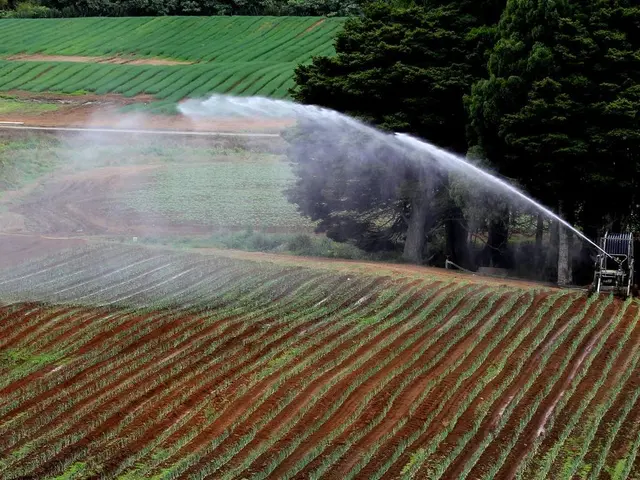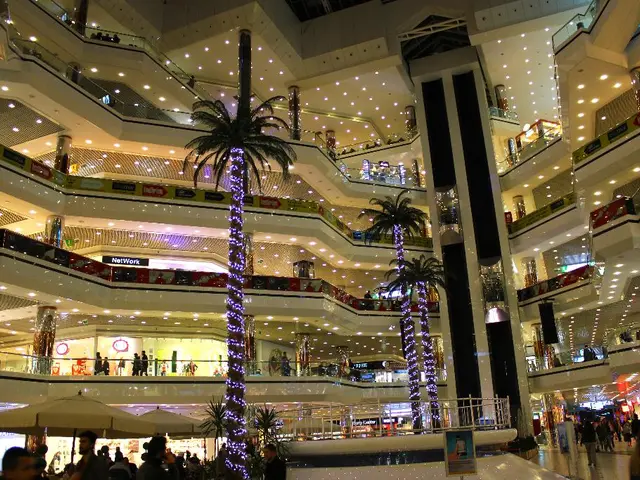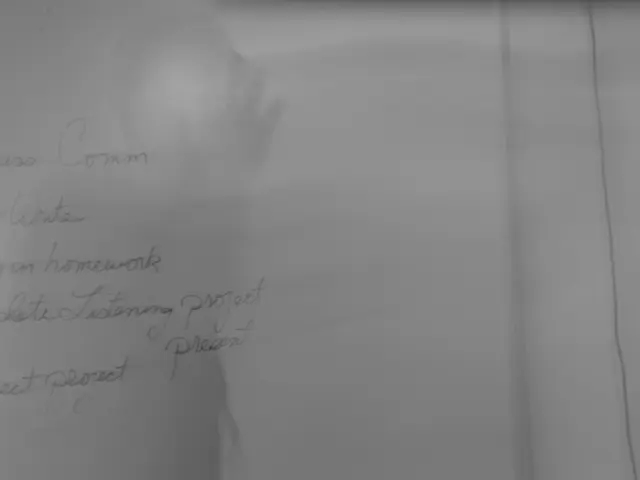AI Event Participants Struggle with Real-World AI Performance versus Anticipated Results
The media and entertainment (M&E) industry is experiencing a significant transformation, with cloud-orchestrated workflows for media processing, production, and post-production becoming increasingly prevalent. This shift has led to an explosion of AI-assisted solutions, as highlighted at the recent IBC Show in Amsterdam.
One of the notable developments at the show was the introduction of the ONYX device by Vantiva, a company formed by the combination of Technicolor and CommScope's home-networking units. The ONYX device, equipped with a neuro-processing unit (NPU), offers far-field voice control and is designed to support next-generation AI use cases, including identifying and locating specific events in video, improving resolution, decreasing film grain, and content personalization.
Vantiva is also working closely with Multiple Video Programming Distributors (MVPD) customers to develop applications aimed at driving user engagement and monetization.
Meanwhile, Telestream, another company showcasing AI-powered solutions at the IBC Show, has taken a cautious approach to AI implementation. The company shares the level-of-confidence percentages scored by all its solutions using AI, emphasizing the importance of reliability in the saturation of AI branding across the exhibit halls.
Quickplay, a digital transformation company, has also positioned its cloud-native content management, processing orchestration, generative-AI tools, dynamic advertising, and other capabilities for access in the Amazon Web Services (AWS) Marketplace. Quickplay's strategy involves offering an open-architecture approach to orchestrating best-of-breed solutions from various partners, rather than relying solely on AI algorithms.
However, the IBC Show also shed light on a darker side of AI: deepfakes. In response, the IBC Accelerator Project was launched, targeting the threat of deepfakes to the broadcast news business. The project aims to share information, address disinformation, promote greater awareness of the threat, and experiment with technologies that can be used to flag disinformation.
Some of the world's biggest newscasters, including the Associated Press, CBS/Paramount, BBC, ITN, Globo, and many more, have joined the effort to counter the deepfake scourge. Google has also joined the fight, becoming a part of the Coalition for Content Provenance and Authenticity (C2PA), an industry standard for fighting deepfakes.
The concern over the existential threat of misinformation, disinformation, manipulated images, and fake images to the media industry was expressed by Mark Smith, IBC Council chairman. Allan McLennan, president and CEO of the PADEM Group, is leading the initiative to foster awareness of the deepfake threat and cooperation across the global news industry.
As the M&E industry embraces AI, concerns about reliability and the threat of deepfakes remain. Nevertheless, the IBC Show demonstrated the normalization of AI in the M&E space, with companies like Vantiva and Quickplay leading the way in AI-powered solutions. The fight against deepfakes is ongoing, but with collaboration and innovation, the industry is hopeful for a future where AI can be harnessed for good.
Read also:
- Ford Discontinues Popular Top-Seller in Staggering Shift, Labeled as a "Model T Event"
- Summarized Report: Insights from the Realm of Transportation
- Recorded surge in electric vehicle registrations during the initial half of the year
- Dubai-bound: Omega Seiki Mobility, an electric vehicle company from India, prepares for assembly establishment








